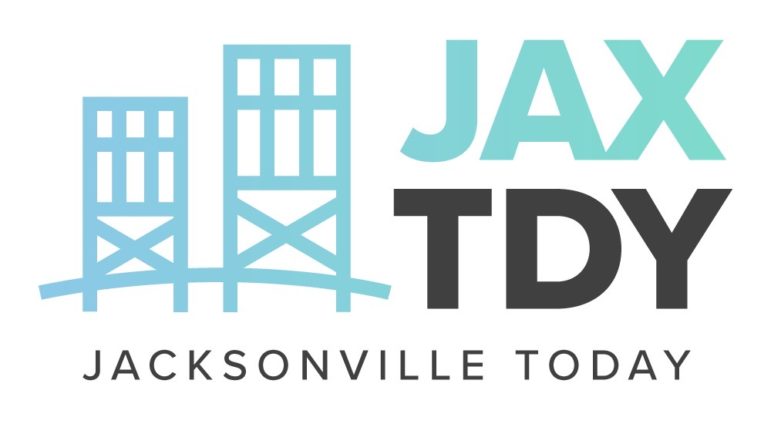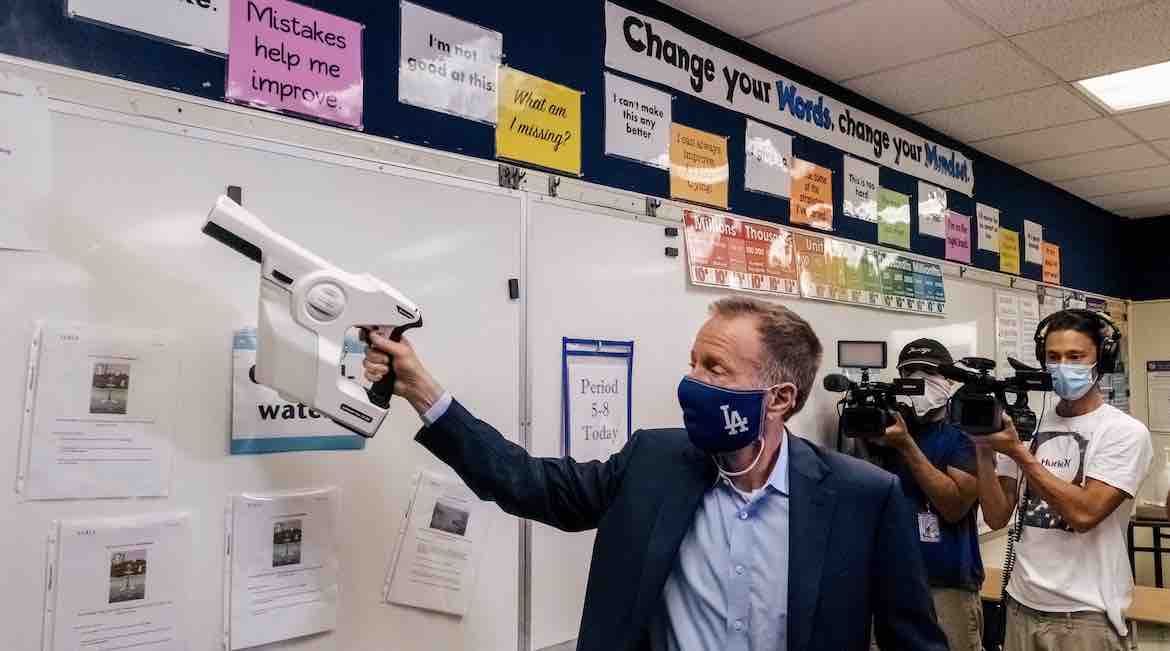Tag: Local news
Oregon’s KLCC invests in newsgathering with proceeds from $3M campaign
The Eugene radio station will add two reporters and build its digital news coverage.‘Jacksonville Today’ newsletter aims to broaden audience for WJCT News coverage
Rollout of the public broadcaster’s digital news brand includes launching a website next year.How GBH News transformed its workflow from broadcast-centered to digital-first
With the launch of the yearlong multimedia project "COVID in the Classroom," we flew the plane as we built it.Los Angeles partners revamp local daily news breaks into ‘SoCal Update’
Journalists from KPCC and LAist share reporting on top stories of the day in short segments that air on PBS SoCal and ...Voice of San Diego’s guide to public schools gives audiences more of what they want
“We have never produced a product that people were this excited about and wanted this much," says Scott Lewis, VOSD's chief editor. ...Utah’s KUED amps up local production with magazine series
The creators of "This is Utah" say it's as unique as the state where it's produced.Rocky Mountain PBS partners with Weather Channel for local news and weather
The video service adopted by RMPBS provides short segments of hyperlocal content.Tiny news team at Lakeland Public Television fills gap left by commercial TV
Station managers who worry they can’t afford to do news and public affairs have only to look at Lakeland Public Television in ...Kansas City’s KCPT picks up gauntlet to expand local news coverage
Three years ago, a delegation from Kansas City Public Television, including the board chair, trekked out to San Diego’s KPBS to evaluate ...Preparing public media newsrooms to cover local crises
Crisis coverage will stress several layers of a public station's operating systems — from newsroom layout to editorial decision-making; from the flexibility ...Capacity: Radio’s local newsrooms weigh in
As the chorus calling on public media to add more local journalists grows, let’s be mindful of the specific ways adding ...Radio joins local probes, ruffles local feathers
WLRN Radio and the Miami Herald have been collaborating on multiplatform news production for eight years, but the investigative-reporting package that they published this ...Public television, 50, dies of apprehensive innocuity
Whenever public broadcasting is threatened by hostile politicians, the conventional wisdom is to circle the wagons and fire back. As a member ...‘More local, more inclusive, more interactive’
Citing public broadcasting’s “mixed history” in providing local news and information, a blue-ribbon panel has called on the field to “move quickly ...We’re deep into news — let’s walk that walk
"Let’s face it," writes a prominent pubradio station news director, "despite 40 years of evolution, we have produced a lot of journalism, ...









